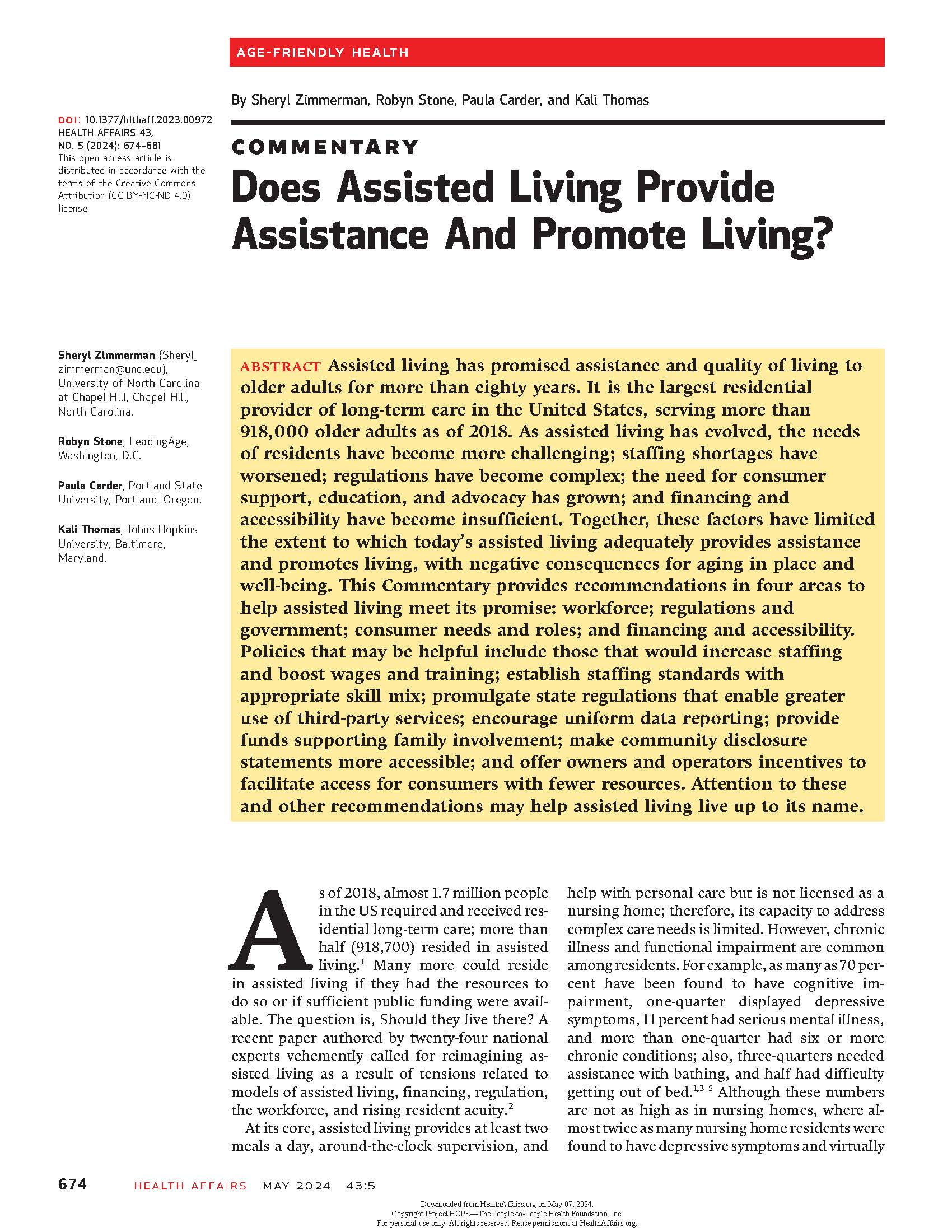Objective: Few studies have detailed the physical activity and postural patterns (e.g. lying or sitting) in older adults with declining activities of daily living (ADL). Therefore, we aimed to address this issue by quantifying physical activity using an accelerometer and measuring time spent in various postures among older adults in assisted-living residences.
Methods: We quantified physical activity using an accelerometer (ActivPAL) and measured time spent in various postures in 35 older adults (mean age: 89.1 years) with chronic conditions residing in two assisted-living residences in Japan. ActivPAL was attached to the thigh and trunk of patients to distinguish between sitting and lying postures.
Results: Participants had a mean count of 6.2 comorbidities, and they were divided into three groups (fully independent, requiring minimal assistance and requiring care) based on their activities of daily living capacity using the Barthel Index. Residents aged ⩾90 years walked a mean of 1109.1 steps and spent 167.3 min upright per day. Fully independent participants walked a mean of 3587.6 steps daily; those requiring minimal assistance walked 1681.0 steps daily; and those requiring care walked 428.9 steps daily.
Conclusions: Our findings indicated that step count, number of sit-to-stand transitions, stepping time, and upright time decreased significantly as activities of daily living capacity decreased. Comorbidity type and number of comorbidities were not related to their lying time except for depression status. Lying time was associated with depression status.

Center for Excellence in Assisted Living CEAL@UNC
Advancing the well-being of the people who live and work in assisted living through research, practice, and policy.

